Audiolab 8200CDQ - £950
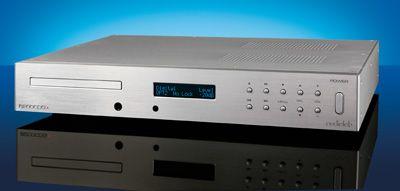
Audiolab’s ‘basic’ CD player, the 8200CD, already does a lot more than just play CDs, equipped as it is with a set of digital inputs including electrical, optical and USB. It also has a lot of internal electronics, with more-than-generous provision of multiple regulated power supplies being a major feature. Nevertheless, Audiolab’s chief boffin, John Westlake, felt there was even more he could get into that unassuming chassis, and so the ’CDQ variant came to pass...
The difference implied by the Q is that this model also functions as a preamplifier. To the digital inputs it adds three line-level analogue inputs, and there is also, of course, a volume control. This makes sense, frankly, and indeed plenty of people who own a variable-output DAC are already living without a regular preamp at all. Three analogue inputs may not sound like much, but the five digital ones make this look a lot more like a very flexible device. With so many sources having a digital output, the ratio seems well-chosen.
There’s always some kind of a twist with a John Westlake-designed product, and the one here I think is rather neat. With digital sources, you have a choice of digital or analogue preamplifier mode. The point about this is that the unit includes the necessary gubbins to alter gain in both the digital domain (that’s built into the DAC chip anyway) and the analogue, the latter obviously necessary for processing analogue inputs, which aren’t converted to digital within the unit. It probably wasn’t very much work to implement this choice but it’s an ingenious bit of lateral thinking and just one more thing to experiment with in the process of setting up the unit to your taste.
There’s plenty more room for experimentation. A lot of this is provided by the multiple digital filters provided. Practically all CD players and DACs since the very earliest days have used digital filtering, otherwise known as upsampling and oversampling (there are subtle distinctions to be made, but in practical terms these are all much the same thing), to avoid the high distortion that can result from unfiltered D-A conversion.
The distortion is ultrasonic so you (probably) can’t hear it directly, but it can play merry hell with amplifiers and loudspeakers, causing audible distortion on the way.
Traditional digital filters aim for a flat response up to 20kHz and next-to-zero response above 24kHz, and they usually have an impulse response which exhibits ‘ringing’ before and after the main impulse event. Arguments have raged over whether that ringing has any audible effects and, rather than prejudging the issue, designers have responded by offering various filter options that have no pre-ringing, or practically no ringing at all, the latter invariably with a frequency response that departs from the traditional ideal. The 8200CDQ takes things to a whole new level of filter tweakery, with seven choices that cover all the basics and more besides.
That’s all accessed via the setup menu, which also includes options to set sensitivity for individual inputs, to set individual inputs to ‘Home theatre mode’ with fixed gain, and to switch off preamp functions entirely for use with an external preamp. There’s also a rather arcane option to adjust ‘DPLL Bandwidth’, which is basically a way of dealing with dodgy digital inputs. Often found on professional kit, it’s less common in domestic hi-fi but allows jitter performance to be optimised when digital sources are behaving well (which they can generally be assumed to be, on decent kit), while still giving the user some leeway to accommodate less punctilious equipment.
In keeping with the high-end aspirations of this unit, Audiolab has equipped it with balanced (XLR) outputs alongside the usual unbalanced ones. It’s ready for high-end digital sources thanks to its high sample-rate compatibility – 24-bit/192kHz via S/PDIF and 24-bit/96kHz via USB. Like quite a few recent DACs, it makes use of asynchronous mode on USB to remove at a stroke the main source of jitter in that handy but slightly tricky interface, and its bi-directional data capability means you can control suitable media players on your PC or Mac from the 8200CDQ’s remote handset. It’s not quite full streaming ability, but it’s halfway there.
Construction is to a high standard, with more power supplies than you can shake a stick at, high-quality analogue parts, all-linear power supply and generous heatsinking. There’s a Class-A headphone amplifier thrown in for good measure. I’ve just two, very minor gripes; the display is a little prosaic and the CD transport is a little wheezy on loading. Both do what they’re paid to do, though, and at the price it would be mean to complain unduly.
Sound qualityThese gripes would be more serious if the Audiolab was presented as a luxury lifestyle product, but instead the company has nailed its colours firmly to the ‘sound quality first and last’ mast. So it’s only fair to judge it on these grounds, in which case I’m really not inclined to moan. There’s just so much to like about the 8200CDQ, and precious little that I could imagine disappointing even the fussiest listener.
Most of all, using the unit in any mode, there’s an utterly delightful solidity, stability and almost tactile plausibility to the sound it creates. This was something I found again and again, with recordings ranging from solo piano to glam rock to simple ballads. Using highly capable power amps and speakers – including examples of both costing several times as much as the CDQ – I never felt that the Audiolab was a significant limiting factor in the sound reproduction chain: indeed, it helped me identify minor character traits in power amps quite easily, which must say something for its high degree of honesty considering its modest retail price.
I had particular fun with a few oratorio tracks; like grand opera, oratorio involves voices (solo and choral) alongside an orchestra, the whole lineup frequently comprising over one hundred performers. Keeping so many subtly individual sound sources in check without muzzling or homogenising them is clearly quite a feat, and the CDQ managed it consistently off CD, via digital inputs and analogue, too.
Every voice and instrument was clearly defined and precisely located within the overall sound picture, while at the same time I was made very much aware of the scale of the event and its wide dynamic variation. At the other extreme, a recording I had only made a few days previously, of a very talented young jazz pianist, showed just why I had so enjoyed the recording sessions, with superbly lifelike attack, tone and dynamics bringing the instrument vividly to life. I also happened to have multiple copies of a couple of rock CDs, so had some fun comparing the CDQ’s internal transport with S/PDIF digital inputs and analogue inputs (fed from a dCS DAC).
For sure, the similarities outweighed the differences, with some seriously moreish bass extension and, once again, outstanding imaging and solidity. I did hear slight variations between the inputs though, the S/PDIF seeming a touch less fluid, while the analogue input was perhaps just a shade warmer. Obviously, the CD transport and S/PDIF inputs are affected by the digital filter chosen, but with ‘optimal spectrum’ engaged and a similar filter on the dCS I wasn’t entirely sure I could have picked out the changes every time in a blind-listening test. It’s that close.
Filter changes can have quite a marked effect, though it does depend on the music. I couldn’t pretend to care too much for the ‘optimal transient’ flavours, but your mileage may vary: they are certainly direct and forthright. It’s just that the sound seems more detailed, in the long term more involving, via ‘optimal spectrum’.
As for analogue and digital modes for the preamp, I agree with Audiolab’s comment that the former can seem a little warmer – but there’s really very, very little in it. What’s for sure is that this is one very capable piece of equipment and, for its capabilities, excellent value.
LIKE: Beautifully involving sound; bass and treble extension beyond reproach
DISLIKE: Analogue inputs not always quite as pure and clear as digital
WE SAY: A highly attractive piece of equipment that does a lot and does it very, very well
DETAILS
Product:
Audiolab 8200CDQ
Origin: UK/China
Type: CD player/DAC/preamp
Weight: 7kg
Dimensions: (WxHxD) 445x80x305mm
Features:
• Balanced (XLR) and unbalanced (phono) analogue outputs
• Electrical and optical digital outputs
• 2 each electrical and optical digital inputs (max 24-bit/192kHz
• USB digital input (max. 24-bit/96kHz
• Can control media player on PC/Mac via USB
• Analogue and digital gain control
• Adjustable input sensitivity
Distributor: IAG
Telephone: 01480 447700
Website: audiolab.co.uk
 |
Inside this month's issue: Arcam Radia A25 integrated amp, iFi Audio iDSD Diablo 2 DAC/headphone amp, Eversolo DMP-A8 streamer/DAC/preamp, Line Magnetic LM-845IA valve amp, Record Store Day Spring Drop, standmount loudspeaker Group Test and much, much more
|

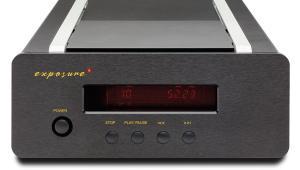
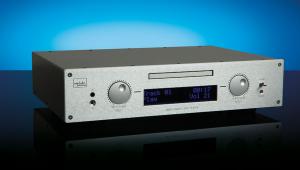
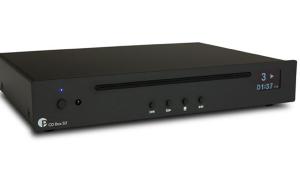
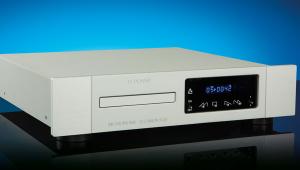


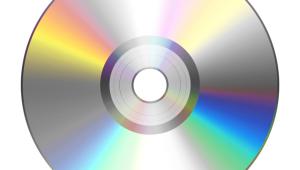

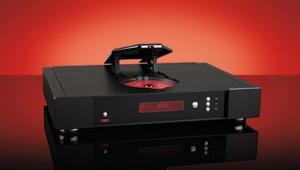


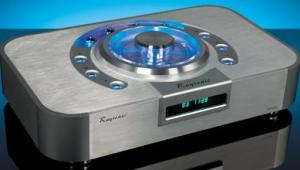
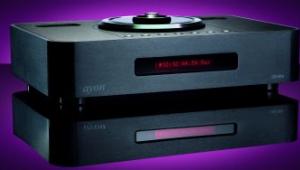

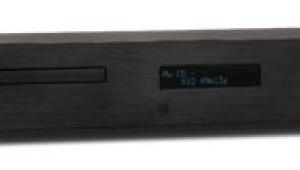
































.jpg)



